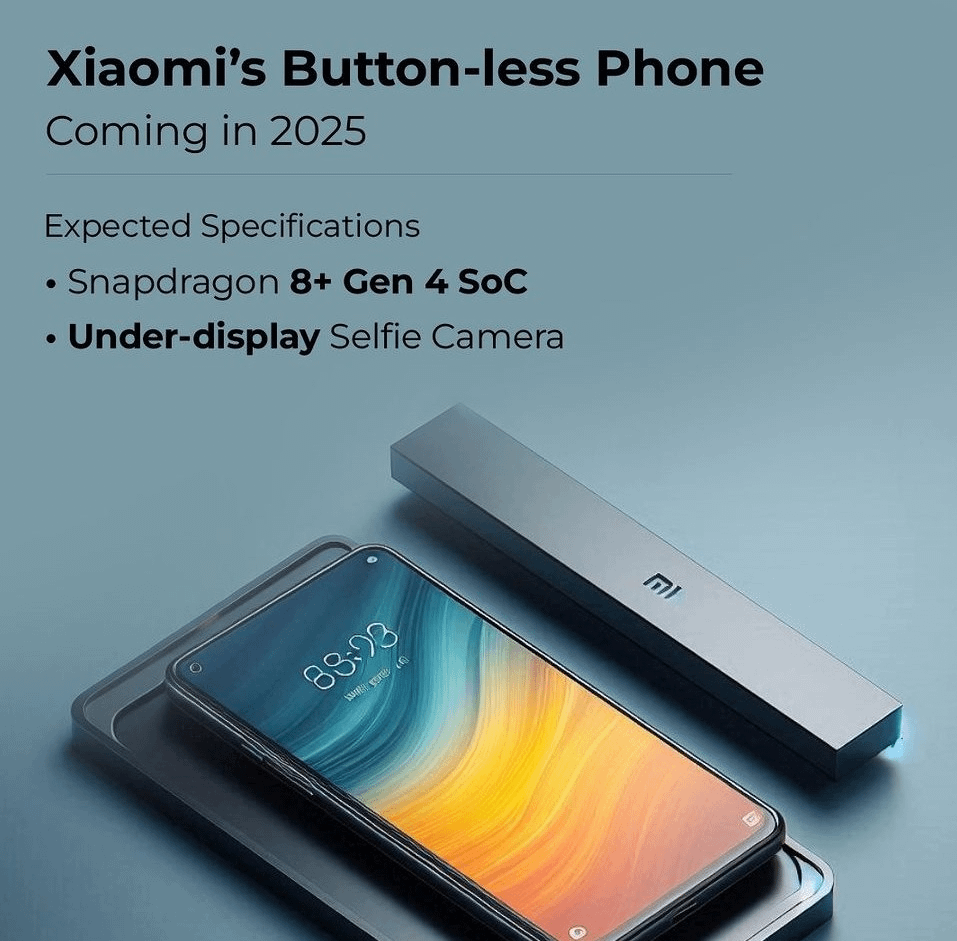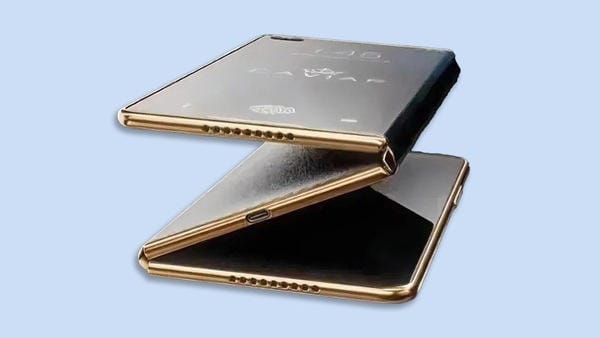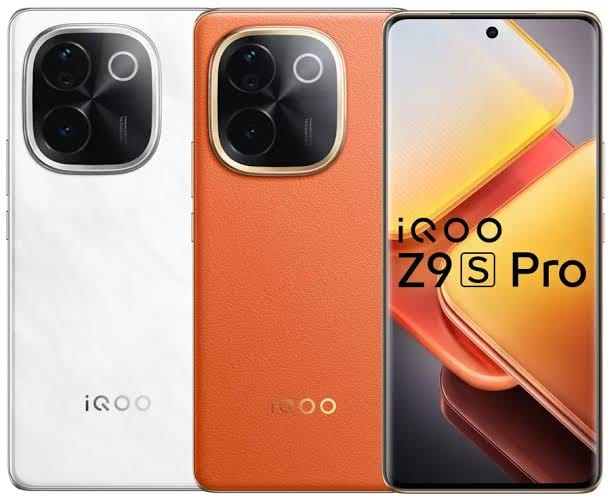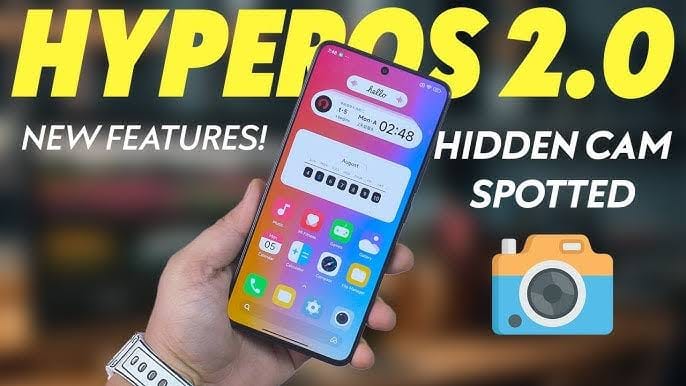Tethering 2.0 - Revolutionizing Mobile Productivity and Connectivity

The Evolution of Smartphone Tethering
Smartphone tethering has come a long way since its inception, revolutionizing the way we share internet connections and stay connected on-the-go.
From Basic to Advanced
Initially, smartphone tethering was limited to USB connections, allowing users to share their mobile internet with laptops and other devices. However, with advancements in technology, options have expanded to include Wi-Fi hotspot and Bluetooth tethering, offering greater flexibility and convenience.
Remote Work and Travel Made Easy
Tethering has become an essential tool for remote workers, travelers, and anyone needing reliable internet access outside of traditional Wi-Fi networks. With tethering, users can stay connected, productive, and entertained, regardless of their location.
Enhanced Productivity and Connectivity
The evolution of tethering has also led to increased productivity, enabling users to access critical information, collaborate with colleagues, and stay connected with family and friends while on-the-go. As mobile technology continues to advance, tethering will play an increasingly vital role in our connected lives.
Benefits of Smartphone Tethering
Smartphone tethering, also known as mobile hotspotting, has revolutionized the way we access the internet on-the-go. With the ability to share our smartphone's internet connection with other devices, we can stay connected and productive from anywhere, at any time. In this section, we'll explore the benefits of smartphone tethering and why it's becoming an essential feature for mobile users.
Convenience: Instant Internet Access for Laptops, Tablets, and Other Devices
One of the most significant advantages of smartphone tethering is the convenience it offers. With a mobile hotspot, you can instantly connect your laptop, tablet, or other devices to the internet, without the need for a separate internet plan or public Wi-Fi. This means you can stay productive, stream your favorite shows, or browse the web from anywhere, whether you're on a train, in a coffee shop, or at a park.
Imagine being able to work on a project or check your emails while commuting, without worrying about finding a Wi-Fi hotspot. Smartphone tethering makes this possible, allowing you to make the most of your time and stay connected to the world around you.
Cost-effective: Eliminates Need for Separate Internet Plans
Another significant benefit of smartphone tethering is its cost-effectiveness. By using your smartphone's internet connection, you can eliminate the need for separate internet plans for your laptop, tablet, or other devices. This can save you money on your monthly bills, as you'll only need to pay for one internet plan.
Additionally, smartphone tethering can also help you avoid expensive data roaming charges when traveling abroad. By using your mobile hotspot, you can stay connected to the internet without incurring excessive data charges.
Security: Encrypted Connections Protect Sensitive Data
When using public Wi-Fi hotspots, your data can be vulnerable to hacking and eavesdropping. However, with smartphone tethering, your internet connection is encrypted, protecting your sensitive data from unauthorized access.
Most smartphones use advanced encryption protocols, such as WPA2 or WPA3, to secure your internet connection. This means you can browse the web, check your emails, or access sensitive information with confidence, knowing that your data is protected.
In conclusion, smartphone tethering offers numerous benefits, from convenience and cost-effectiveness to security and peace of mind. As mobile technology continues to evolve, it's likely that tethering will become an even more essential feature for mobile users. Whether you're a busy professional, a student, or simply someone who wants to stay connected on-the-go, smartphone tethering is an invaluable tool that can help you achieve your goals.
Tethering Technologies and Limitations
Tethering has revolutionized mobile productivity and connectivity, enabling users to share their mobile device's internet connection with other devices. However, various tethering technologies come with their unique limitations.
USB Tethering: A Fast yet Restricted Connection
USB tethering offers a fast and stable connection, ideal for bandwidth-intensive tasks. However, its usability is restricted by the length of the cable, making it less convenient for on-the-go use.
Wi-Fi Hotspot: Convenience vs. Performance
Wi-Fi hotspot tethering provides unparalleled convenience, allowing multiple devices to connect wirelessly. Nevertheless, it may lead to rapid battery drain and impact device performance, making it less suitable for prolonged use.
Bluetooth Tethering: A Slower yet Suitable Option
Bluetooth tethering, although slower than other methods, is suitable for low-bandwidth tasks like browsing and emailing. Its low power consumption and ease of setup make it a viable option for specific use cases.
Best Practices for Secure Smartphone Tethering
As we embrace the power of Tethering 2.0, it's essential to prioritize security to protect our personal and professional data. Here are some best practices to ensure secure smartphone tethering:
1. Set Strong Passwords for Wi-Fi Hotspots
When creating a Wi-Fi hotspot, use a strong and unique password that includes a mix of letters, numbers, and special characters. Avoid using easily guessable information like your name, birthdate, or common words. A strong password will prevent unauthorized access to your hotspot and data.
2. Enable WPA2 Encryption
WPA2 (Wi-Fi Protected Access 2) is the latest encryption standard for Wi-Fi networks. Enable WPA2 encryption on your smartphone's hotspot settings to ensure that your data is encrypted and secure. This will protect your data from interception and eavesdropping.
3. Monitor Data Usage to Avoid Bill Shocks
Tethering can quickly consume large amounts of data, leading to unexpected bill shocks. Monitor your data usage regularly to avoid exceeding your data limit. Set up data usage alerts on your smartphone or check with your carrier to stay informed about your data consumption.
The Future of Smartphone Tethering
Tethering 2.0 is poised to revolutionize mobile productivity and connectivity, transforming the way we work and interact on-the-go. This new era of tethering promises unparalleled speeds, reliability, and performance, thanks to cutting-edge advancements in technology.
Unleashing the Power of 5G
The advent of 5G networks will significantly enhance tethering speeds and reliability, enabling seamless connectivity and data transfer. With 5G, users can expect:
- Faster data speeds, reaching up to 20 Gbps
- Lower latency, reducing lag and delay
- Increased capacity, supporting more devices and connections
Wi-Fi 6 and 7: The Next Generation of Connectivity
Advancements in Wi-Fi 6 and 7 will further improve tethering performance, offering:
- Enhanced data transfer rates, up to 9.6 Gbps
- Better network efficiency, reducing congestion
- Improved security features, safeguarding data
Meeting the Growing Demand for Mobile Productivity
The increasing need for mobile productivity solutions has driven innovation in tethering technology. As remote work and digital nomadism continue to rise, Tethering 2.0 will play a vital role in enabling:
- Seamless collaboration and communication
- High-speed data transfer and cloud access
- Reliable connectivity for critical applications
In conclusion, the future of smartphone tethering holds immense promise, with 5G networks, Wi-Fi 6 and 7, and the growing demand for mobile productivity solutions converging to create a transformative experience.
Conclusion: Tethering in the Modern Mobile Landscape
Revolutionizing Mobile Productivity and Connectivity
As we navigate the vast expanse of the digital age, smartphone tethering has emerged as a transformative force in mobile connectivity. This technology has revolutionized the way we access and share internet connections, enabling unparalleled flexibility and convenience. However, to fully harness the potential of tethering, it is essential to delve into the underlying technologies, benefits, and best practices.
The Evolution of Tethering
Smartphone tethering has transformed mobile connectivity, enabling users to share their internet connection with multiple devices. This technology has undergone significant advancements, from its inception to the current Tethering 2.0 era. Understanding the evolution of tethering is crucial to appreciating its current capabilities and future potential.
Unleashing Mobile Productivity
Tethering has become an indispensable tool for mobile productivity, enabling users to stay connected and work on-the-go. As remote work and digital nomadism continue to rise, tethering will play an increasingly vital role in enabling seamless connectivity and collaboration.
Best Practices for Optimal Tethering
To maximize the benefits of tethering, it is essential to understand the best practices and technologies involved. This includes selecting the appropriate tethering method (USB, Bluetooth, or Wi-Fi), optimizing device settings, and implementing data management strategies.
The Future of Tethering
As we look to the future, tethering will continue to evolve, driven by advancements in 5G, edge computing, and IoT technologies. Staying informed about these developments will enable users to harness the full potential of tethering and unlock new possibilities for mobile productivity and connectivity.













Comments ()